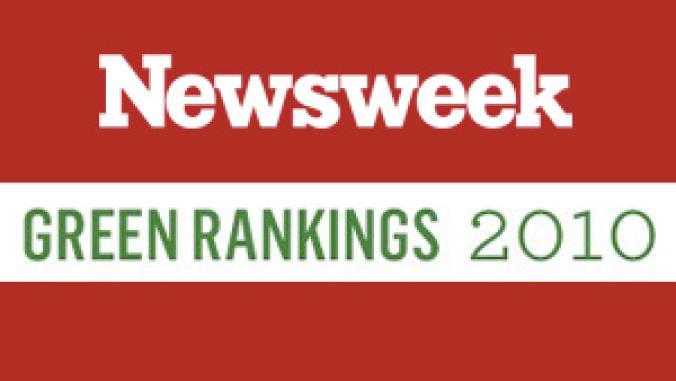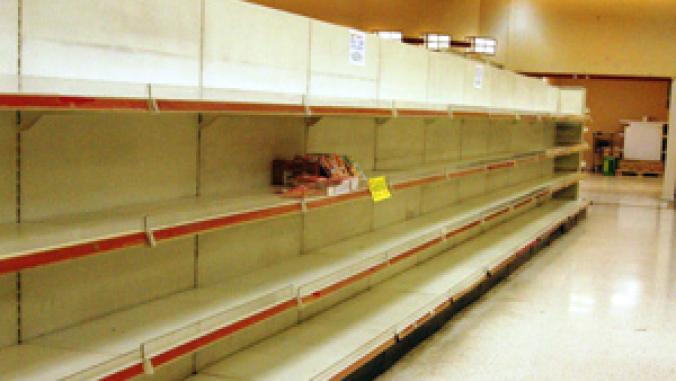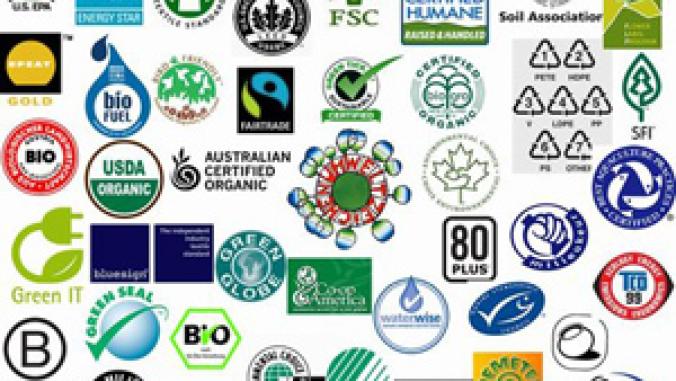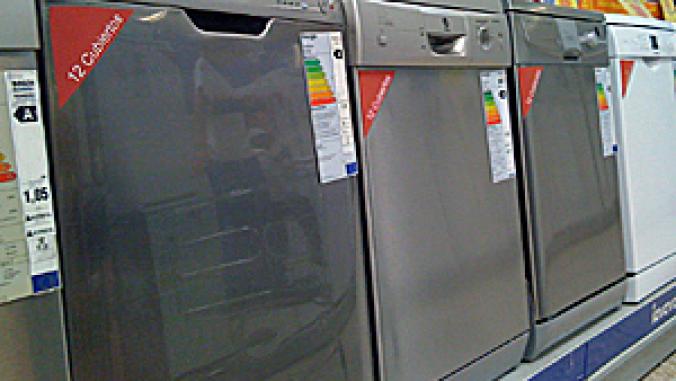The War Over Eco-Labels
If you have walked the aisles of your favorite retailer recently, you may have noticed that the number of environmental claims and eco-labels continues to increase. From self-declared, manufacturer-invented eco-labels to third-party labels, there is no lack of variety. In the eco-label industry, there is a constant battle over which type of label is best.

If you have walked the aisles of your favorite retailer recently, you may have noticed that the number of environmental claims and eco-labels continues to increase. From self-declared, manufacturer-invented eco-labels to third-party labels that designate everything from single environmental attributes to full environmental product declarations, there is no lack of variety. In the eco-label industry, there is a constant battle over which type of label is best.
At a recent workshop held by the American National Standards Institute on sustainability standards, substantial debate ensued about which labeling type was best. And while numerous parties were quick to offer their viewpoint, we must keep in mind: The value of the label itself is in the eye of the beholder, or end-user.
Different eco-labels serve different purposes and speak to different audiences. There are ongoing efforts by both the private and government sector to create criteria that define what makes a good eco-label and this effort, while good intentioned, fails to recognize that there is no perfect, one-size-fits-all solution. As such, I have provided some of the key advantages and disadvantages associated with the different types of eco-labels.
Single-Attribute Labels
A single-attribute label points out an individual environmental characteristic associated with the product. For example, a product may be declaring that it uses 30 percent post-consumer recycled content or simply that it meets energy efficiency requirements by utilizing the Energy Star label. The heated debate surrounding single-attribute labels is that they may not accurately define "how green" a product is -- when a product is made from recycled materials it does not necessarily mean it is better for the environment than a product made from virgin materials. And when one product carries a label that indicates it has recycled content and another carries one that shows it is energy efficient, which factor matters more? There are trade-offs when simply comparing products using single environmental characteristics.
Despite the criticisms of single-attribute labels, there is a need for them. The most important reason being consumers understand them. It is no secret that consumer knowledge of green products is lacking at best. Average consumers understand that the Energy Star label means a product is more energy efficient, and they understand what recycled content is. For this reason, single-attribute labels are usually heavily favored by retailers. Along with consumer understanding, the other major appeal of single-attribute labels is the wide gap in standards that exist for hundreds of product categories. Some industries, such as the carpet industry, have taken on the challenge to push forward by developing greener products and defining a sustainability standard with their stakeholders. But, until standards are developed for every other product category, single-attribute labels may be the next best thing.
Multi-Attribute Labels
As opposed to individually identifying or picking and choosing a collection of single environmental attributes, multi-attribute standards set criteria for product categories for a range of environmental impacts. These standards attempt to select requirements across many life cycle stages in areas such as energy efficiency and conservation, greenhouse gas emissions, material optimization and use, public and ecosystem health and end of life management, among others. In practicality, they set out to define what makes a "greener" product for that product category. A label usually indicates a product complies with all the criteria within the multi-attribute standard. The main criticism of multi-attribute standards is that they aren't as accurate as doing a life cycle assessment and hidden tradeoffs may still persist.
While multi-attribute standards don't typically require a life cycle assessment (some standards award optional points for conducting one), many claim to be based on life cycle assessment data or other scientific data showing that the impacts chosen for the standard are the most significant. To some, this is irrelevant -- just as single-attribute labels are a stepping stone towards raising consumer awareness and encouraging manufacturers' to make greener products, multi-attribute standards are an even bigger step. Most proponents are first to admit the standards are not perfect and don't clearly define what a green product is, but they argue that the standards are developed using a continual improvement process and are a push in the right direction.
Environmental Product Declarations
Environmental Product Declarations, also known as EPDs, are labels (albeit, many are much larger than "traditional" labels) that attempt to provide data on the product's environmental impacts across multiple impact categories. This is accomplished by conducting a life cycle assessment on a product (or process, system, etc … ). The goal is to make products comparable across various impact categories so that the user can compare relevant data, decide for themselves what impacts matter most, and make an informed decision.
EPDs, as an extension of life cycle assessment, are very useful tools for companies to develop sustainable products. EPDs can also be useful for B2B and institutional purchasing, where purchasers have sufficient knowledge of sustainability. There are two main drawbacks, however: First, life cycle assessment remains expensive for small and mid-sized companies to use in R&D and marketing efforts. More importantly, consumers and even most business and institutional purchasers don't understand them. EPDs rely on the judgment of the user, and if the user does not know what eutrophication or acidification is, the tool becomes useless.
The Eco-War Continues
The war on eco-labels will continue for some time. While having three hundred eco-labels in the market is not beneficial (and consolidation in the market will eventually take place), having competing types of labels provides solutions to different market needs. Whether you are a sophisticated green purchaser or just starting to be more green, there is a flavor of eco-label for you.
Joshua Saunders is the Global Service line manager for UL Environment Inc. (ULEI), a wholly owned subsidiary of Underwriters Laboratories Inc. As part of his role, Joshua is the program owner overseeing environmental verification and certification services.
Original image CC licensed by svilen001.





